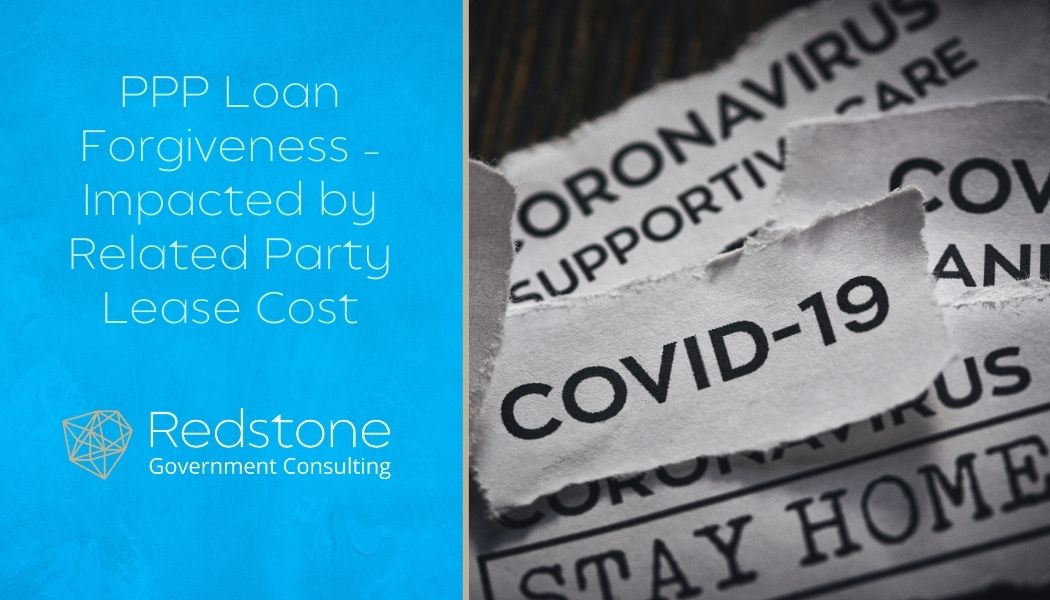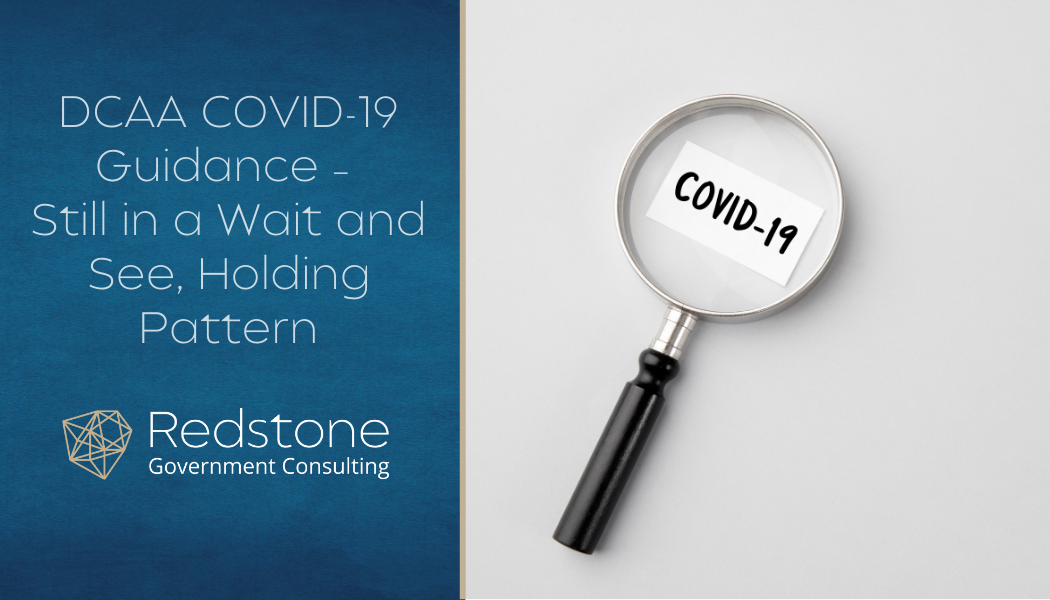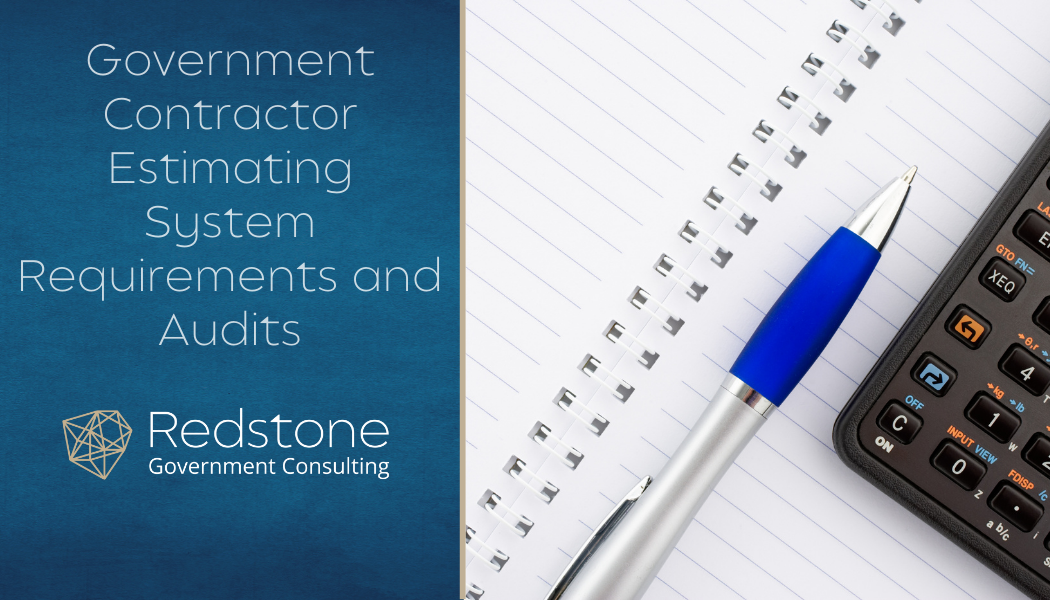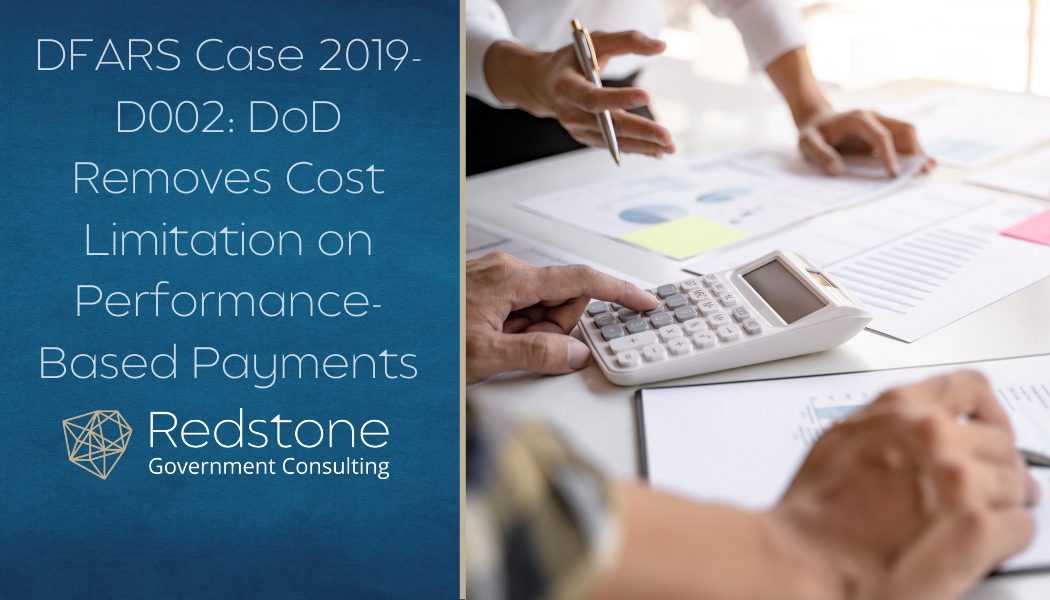The Financial Accounting Standards Board (FASB) issued Topic 842, Leases, in February 2016 effective for fiscal years beginning after December 15, 2018. The change was “to increase transparency and comparability among organizations by recognizing lease assets and lease liabilities on the balance sheet and disclosing key information about leasing arrangements.” For the past 40 years or so, operating leases were only required to be presented in the disclosure and were off-balance sheet transactions. Other than the new asset (Right to Use asset) and a related liability on the balance sheet, the impact on the income statement (a single line item for lease expense) and cash flow are unchanged, at least under GAAP. International Financial Reporting Standards (IFRS) now requires all leases be treated similar to capital leases (Topic 842 calls these finance leases). So, under IFRS there will be more unallowable interest to properly account for on Government proposals and contracts incorporating FAR Part 31.
John C. Shire, CPA
 John is a Director with Redstone Government Consulting, Inc. providing government contract consulting services to our clients primarily related to the DFARS business systems, CAS Disclosure Statements, and DCAA/DCMA compliance preparation, advisory, and defense. Prior to joining Redstone Government Consulting, John served in a number of capacities with DCAA/DCMA for more than 30 years. Upon his retirement, he was based in Texas as an SES-level Corporate Audit Director for DCAA, managing a staff of 300 auditors at one of the largest DOD programs. Professional Experience John began his career in the late 80s working in the Clearwater, FL audit office and over the next three decades he progressed through a number of positions within both DCAA and DCMA with career highlights as DCAA Program Manager at Ft. Belvoir, Chief of Technical Programs Division, Deputy Assistant Director-Policy, Director of the DCMA Cost and Pricing Center, the SES-level Lockheed Martin Corporate Audit Director, and Director of Integrity and Quality Assurance. John’s three decades of experience in performing and leading DCAA auditors and DCMA reviewers provides a wealth of expertise to our clients. John’s role, not only in the performance of audits, but also in the development of audit policy affords him unique insights into the defense of audit findings and the linkage of audit program steps to the underlying regulatory framework. He is an expert in FAR, DFARS, and other agency acquisition regulation, as well as a subject matter expert in the Cost Accounting Standards having reviewed and provided audit feedback on many of the largest and most complex cost accounting practices during his tenure with the DCAA. John’s tenure with DCAA and DCMA came at a critical time during each agency’s history where a number of changes were occurring such as the response to the ICS backlog, development of audit approaches to the DFARS Business Systems and implementation of new audit initiatives as a result of Congressional oversight through the NDAA process. John’s leadership at the DCMA Cost & Pricing center saw oversight of all major DOD pricing actions, leadership of should cost review teams, the Commercial Pricing group and many other areas of strategic value to our clients. His involvement in these and other Agency initiatives is of great value to our clients due to his in depth understanding of DCAA and DCMA’s internal policy directives. Education John holds a Master of Business Administration and a B.A. in Accounting from the University of South Florida. Certifications Certified Information Systems Auditor State of Alabama Certified Public Accountant
John is a Director with Redstone Government Consulting, Inc. providing government contract consulting services to our clients primarily related to the DFARS business systems, CAS Disclosure Statements, and DCAA/DCMA compliance preparation, advisory, and defense. Prior to joining Redstone Government Consulting, John served in a number of capacities with DCAA/DCMA for more than 30 years. Upon his retirement, he was based in Texas as an SES-level Corporate Audit Director for DCAA, managing a staff of 300 auditors at one of the largest DOD programs. Professional Experience John began his career in the late 80s working in the Clearwater, FL audit office and over the next three decades he progressed through a number of positions within both DCAA and DCMA with career highlights as DCAA Program Manager at Ft. Belvoir, Chief of Technical Programs Division, Deputy Assistant Director-Policy, Director of the DCMA Cost and Pricing Center, the SES-level Lockheed Martin Corporate Audit Director, and Director of Integrity and Quality Assurance. John’s three decades of experience in performing and leading DCAA auditors and DCMA reviewers provides a wealth of expertise to our clients. John’s role, not only in the performance of audits, but also in the development of audit policy affords him unique insights into the defense of audit findings and the linkage of audit program steps to the underlying regulatory framework. He is an expert in FAR, DFARS, and other agency acquisition regulation, as well as a subject matter expert in the Cost Accounting Standards having reviewed and provided audit feedback on many of the largest and most complex cost accounting practices during his tenure with the DCAA. John’s tenure with DCAA and DCMA came at a critical time during each agency’s history where a number of changes were occurring such as the response to the ICS backlog, development of audit approaches to the DFARS Business Systems and implementation of new audit initiatives as a result of Congressional oversight through the NDAA process. John’s leadership at the DCMA Cost & Pricing center saw oversight of all major DOD pricing actions, leadership of should cost review teams, the Commercial Pricing group and many other areas of strategic value to our clients. His involvement in these and other Agency initiatives is of great value to our clients due to his in depth understanding of DCAA and DCMA’s internal policy directives. Education John holds a Master of Business Administration and a B.A. in Accounting from the University of South Florida. Certifications Certified Information Systems Auditor State of Alabama Certified Public AccountantRecent Posts
Topics: Non-US Government Contractor, Compliant Accounting Infrastructure, Proposal Cost Volume Development & Pricing, Contracts & Subcontracts Administration, Cost Accounting Standards (CAS)
Apportioning the Costs of Buildings
The SBA and Treasury have made it clear that if you own or lease a building that you sublet to another company, the portion of the lease or mortgage expense that can be used as nonpayroll costs for PPP loan forgiveness is limited to the share of the expense applied to the business who’s PPP loan is being forgiven. The simple example is, you lease an office building for $10,000 per month and sublease part of the space to another company for $2,500 per month. Only $7,500 would be used toward your nonpayroll cost for loan forgiveness. This proration applies to utility and other shared costs of the tenants.
Topics: Compliant Accounting Infrastructure, Defense Procurement & Acquisition Policy (DPAP), Government Regulations, COVID-19, Paycheck Protection Program (PPP) Loans
On August 17, 2020; Acting Principal Director for Defense Pricing and Contracting issued two memos providing guidance in support of DFARS Class Deviation 2020-O0013 and 2020-O0021 – CARES Act Section 3610 Implementation. There is also a memo providing contracting officers with a template for a Memorandum for Record to document the file for the issuance of the Section 3610 related contract modification.
Topics: Compliant Accounting Infrastructure, Contracts & Subcontracts Administration, DCAA Audit Support, Defense Procurement & Acquisition Policy (DPAP), Cost Accounting Standards (CAS), COVID-19
We Lifted the Vail
A few months back we submitted a request to DCAA under Freedom of Information Act. Based on the DPC guidance referencing both DCAA and DCMA as playing a key role in support of the rest of the DoD Acquisition Community, we expected DCAA would have a significant number of documents disclosing this key role. Turns out, not so much. All we got was a single document listing 13 frequently asked questions (FAQs) DCAA has been fielding from their auditors, dated July 31, 2020.
Topics: Proposal Cost Volume Development & Pricing, Contracts & Subcontracts Administration, DCAA Audit Support, Defense Procurement & Acquisition Policy (DPAP), Cost Accounting Standards (CAS), COVID-19
FAR Subpart 2.1, Definitions, provides the meaning of two general groupings of cost not assignable directly to final cost objectives (i.e., not a direct contract cost):
Topics: Contracts & Subcontracts Administration, DCAA Audit Support
SBA Extends the Repayment Date Again – May 18, 2020
On May 13th the Small Business Administration (SBA) updated its Frequently Asked Questioned (FAQs) – adding Questions 46 and 47. Question 47 extends the safe harbor (repayment) date to May 18th. Question 46 is very interesting; it lays out the SBA and Department of Treasury plan to review certifications of the necessity of the loans.
Topics: Small Business Compliance, DCAA Audit Support, COVID-19, Paycheck Protection Program (PPP) Loans
The FAR establishes that when contracting by negotiation with the Government, the contractor should have an acceptable estimating system. FAR 15.407-5 provides that due to the benefits to both the Government and the contractor in reducing the scope of individual proposal reviews at contractors with an acceptable estimating system, the auditor (likely DCAA) should survey the system and provide a report to all contracting offices and contract administration offices doing substantial pricing activity with the contractor. This is a very open-ended requirement/expectation; therefore, DoD established a structure in the DFARS.
Topics: Contracts & Subcontracts Administration, DFARS Business Systems, DCAA Audit Support, Estimating System Compliance
The language in the 2017 NDAA Sec 831, stating “Performance-based payments shall not be conditioned upon costs incurred in contract performance but on the achievement of performance outcomes …” has finally been incorporated into the DFARS (DFARS Case 2019-D002) with an effective date of April 8, 2020. The rule removes restrictions in DFARS 232.1001(a), DFARS 252.232-7012(b)(i), and DFARS 252.232-7013(b)(i) that limited performance-based payments to amounts not greater than costs incurred up to the time of payment. However, the rule does not alter the requirement for subcontractors/vendors to report costs incurred when requesting performance-based payments. The rule also removed the requirement of the subcontractor/vendor’s accounting system to comply with Generally Accepted Accounting Principles, as evidenced by audited financial statements.
Topics: Contracts & Subcontracts Administration, DFARS Business Systems
UPDATE: On May 5th, SBA added FAQ #43 extending the safe harbor to May 14, 2020 and stating “SBA intends to provide additional guidance on how it will review the certification prior to May 14, 2020.”
Topics: DCAA Audit Support, COVID-19
In days gone by, knowing which contract administration office you needed to work with was as easy as finding your local Defense Contract Management Agency (DCMA) Office. DCMA used to accept and administrate pretty much all contracts, even other Federal Agencies with reimbursement of its services (e.g., NASA contracts). This is no longer the case; Over the last few years, DCMA has made a significant effort to stay focused on what it refers to as its core business – basically research, development, engineering, test, production, and spares for major acquisition programs. This leaves the administration of low value/low risk contracts, management and professional services contracts, architect-engineer services contracts, and many others to the buying command that issued them.
Topics: Contracts & Subcontracts Administration, DCAA Audit Support










